First commercial flight takes off from Sana'a, raising hopes for lasting Yemen peace
The first commercial flight in nearly six years has taken off from the Yemeni capital city of Sana’a, raising hopes that a UN-brokered two-month truce that went into effect at the beginning of the holy fasting month of Ramadan could lead to a lasting peace and would improve the lives of people in the crisis-hit Arab nation.
The Yemenia plane carrying 126 passengers, including hospital patients who waited years for medical treatment abroad and their relatives, went through security checks in the terminal of Sana’a International Airport before departing for the Jordanian capital Amman just after 9:00 a.m. local time (0600 GMT) on Monday.
“I'm so happy with the opening of Sana’a airport,” said Lutfiyah, a wheelchair-bound passenger who did not want to give her full name.
She added, “Today is a day of celebration, and I hope that it remains open.”
"We have waited for this trip for three years. Because of my father's health condition, we couldn't take him by land to Aden. Praise be God, the relief has come,” said Ismail al-Wazan before boarding the flight with his father in a wheelchair.
Before take-off, the plane with red-and-blue tail livery taxied through an honor guard of two fire trucks spraying jets of water. It landed in Amman before 0900 GMT.
UN Special Envoy for Yemen Hans Grundberg described Monday's flight an “important and long-awaited step.”
"I hope this provides some relief to the Yemenis who need to seek medical treatment abroad, pursue education and business opportunities, or reunite with loved ones," he said in a statement.
Erin Hutchinson, Yemen country director for the Norwegian Refugee Council aid agency, said the first commercial flight from Sana’a was “a stepping stone towards a lasting peace for Yemen.”
“If the parties to the conflict continue to work together to operate regular flights in and out of Sana’a, they can help save thousands of lives, prevent premature deaths, and support the country's economy,” she noted.
The inaugural flight under the UN-sponsored truce was planned for April 24 from Sana’a to Amman. It, however, had to be scrapped after Yemenia said it did not receive the necessary permits from the Saudi-led coalition.
Yemen's Saudi-backed and Aden-based government initially insisted all passengers from Sana’a need their type of passports.
Facing pressure from the international community, it agreed last week to allow citizens holding passports issued by Yemen’s Sana’a-based National Salvation Government to travel outside Yemen, removing a barrier to the flights.
The next flight from Sana’a is due next Wednesday.
Resumption of flights from Sana’a, working to reopen roads to the southern port city of Ta’izz and allowing fuel tankers to dock at Hudaydah port – a lifeline for Yemen – were all part of the UN-brokered ceasefire.
The United Nations is seeking the extension of the nationwide truce to clear the way for broader negotiations between warring sides and end the conflict that has killed tens of thousands of people and caused the world’s worst humanitarian crisis.
Saudi Arabia launched the devastating war on Yemen in March 2015 in collaboration with its Arab allies and with arms and logistics support from the US and other Western states.
The objective was to reinstall the Riyadh-friendly regime of Abd Rabbuh Mansur Hadi and crush the Ansarullah resistance movement, which has been running state affairs in the absence of a functional government in Yemen.
While the Saudi-led coalition has failed to meet any of its objectives, the war has killed hundreds of thousands of Yemenis and spawned the world’s worst humanitarian crisis.
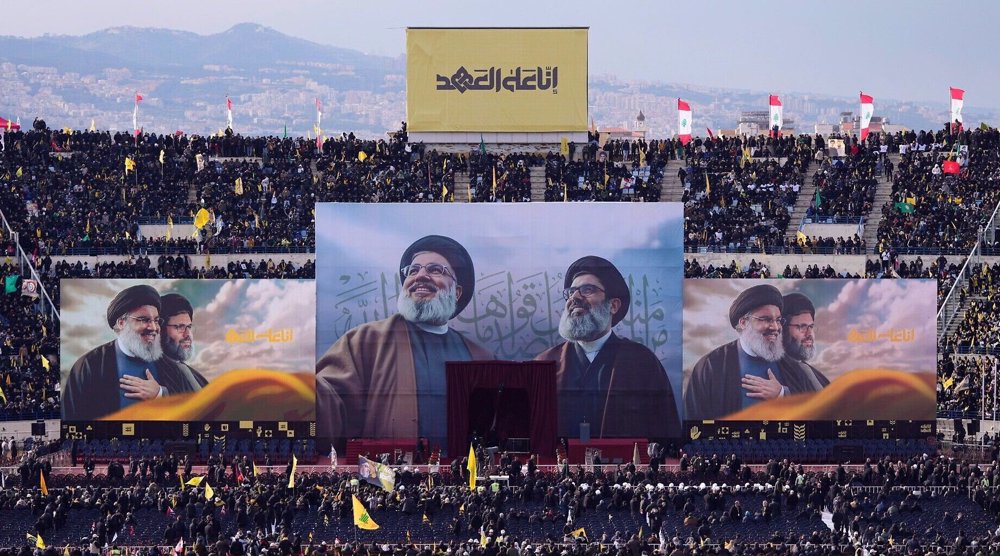
Nasrallah shattered myth of Israeli military’s invincibility: Top Yemeni official

Yemeni PM: Hezbollah brought Zionist enemy to its knees
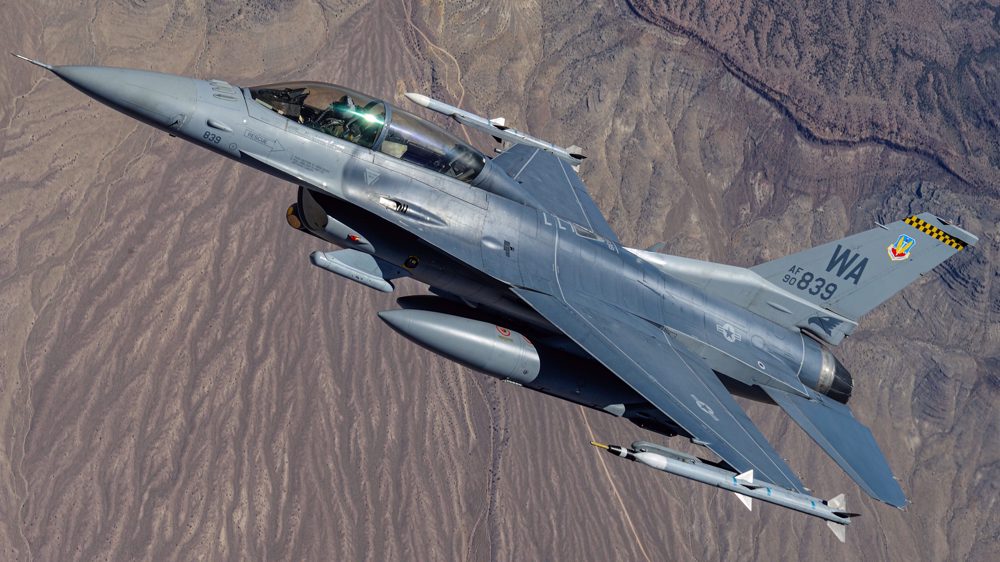
Yemeni forces target US warplane: Report
Australian senator smeared by anti-Iran groups for saying Iranian women 'have a voice'
Hezbollah's display of power proved resistance cannot be eliminated: Iran parl. speaker
Israel escalates West Bank raids as official says regime seeking to complete Gaza genocide
Palestinian man dies in Israeli prison as Foreign Ministry urges intl. probe into regime’s crimes
Putin says not opposed to Europeans’ involvement in Ukraine talks
VIDEO | Iranian Kurdish protesters demand European action against PKK, PJAK terror
VIDEO | Israel expands offensive in northern West Bank, deploys tanks to Jenin
VIDEO | Spaniards fill streets of Cádiz in solidarity with Palestine



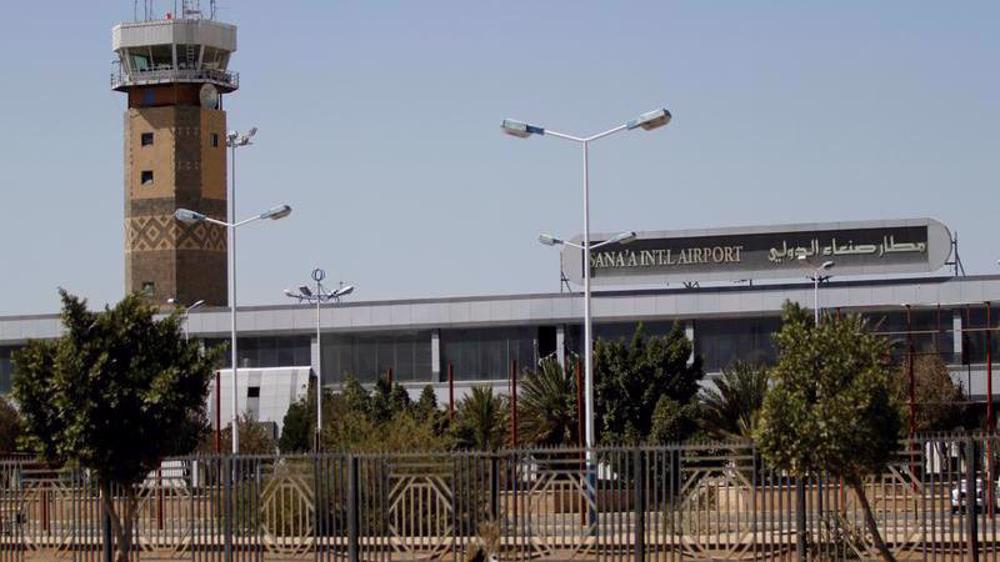
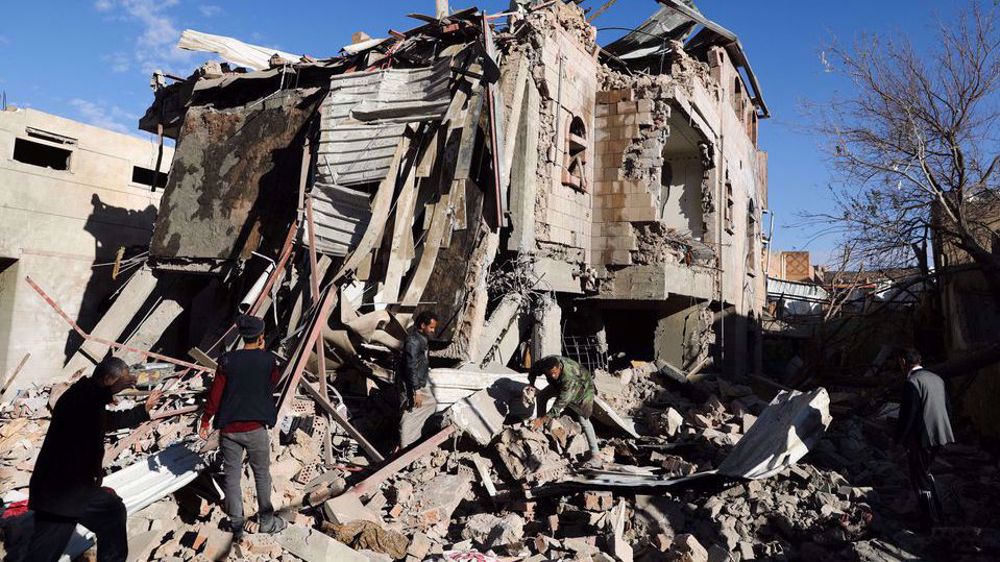






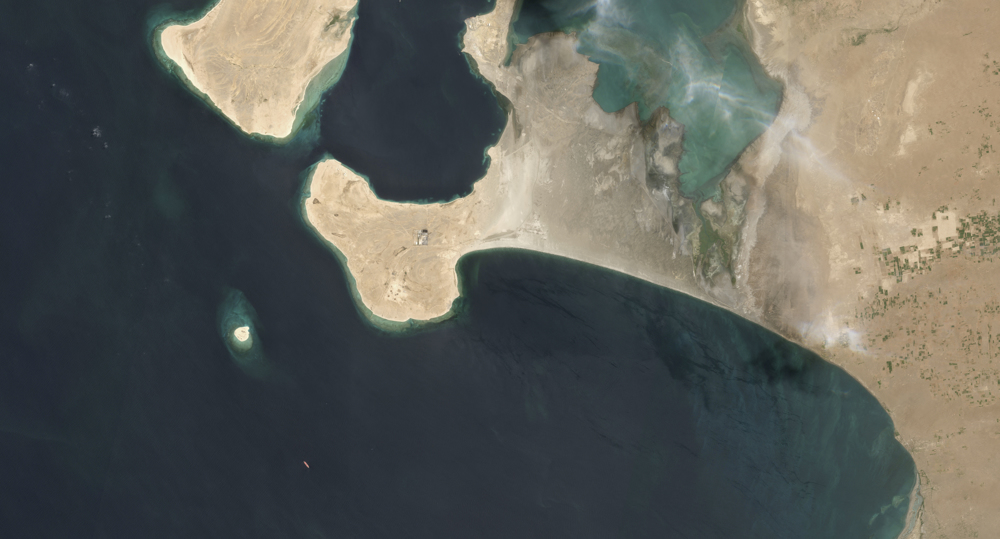




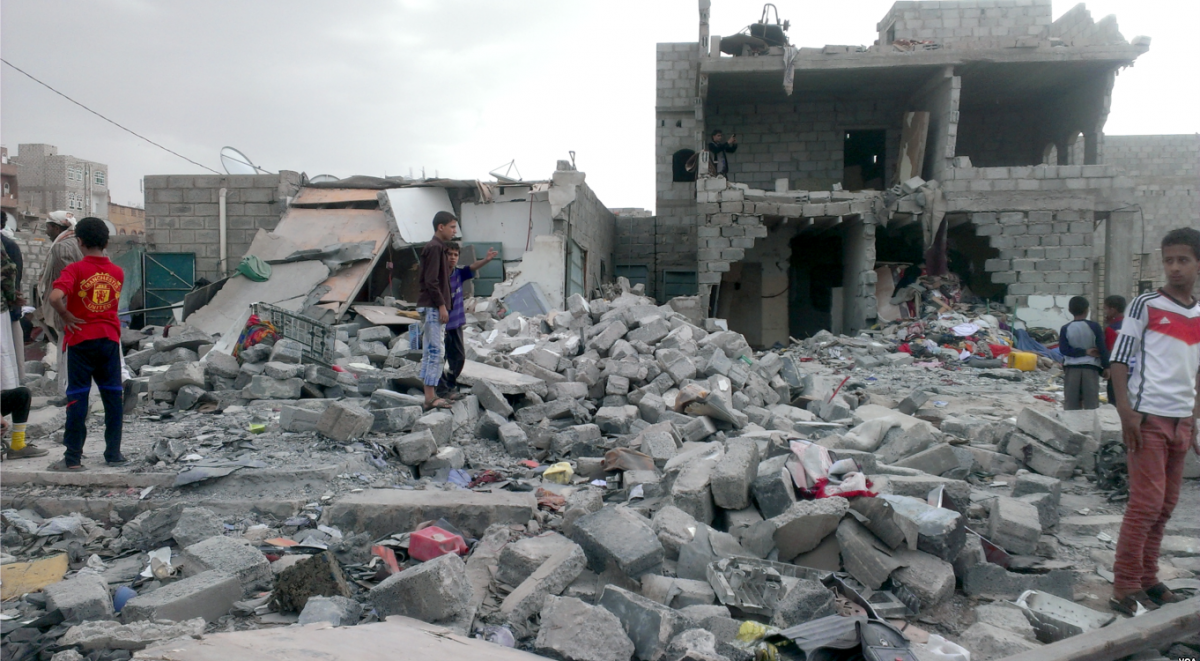

 This makes it easy to access the Press TV website
This makes it easy to access the Press TV website